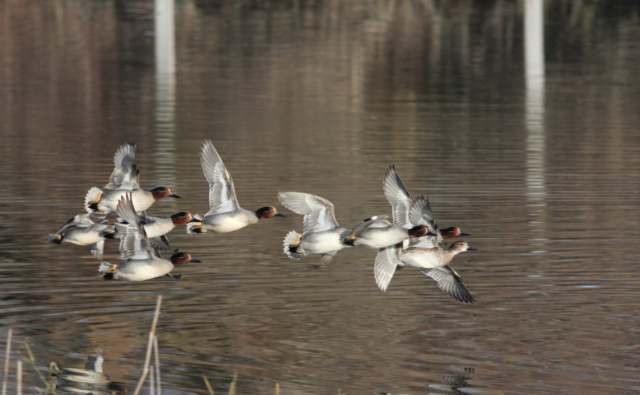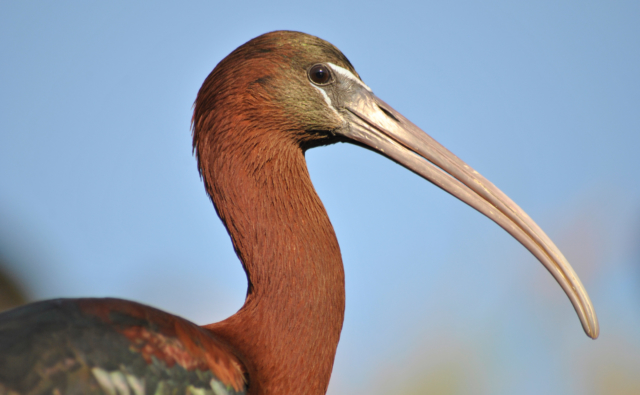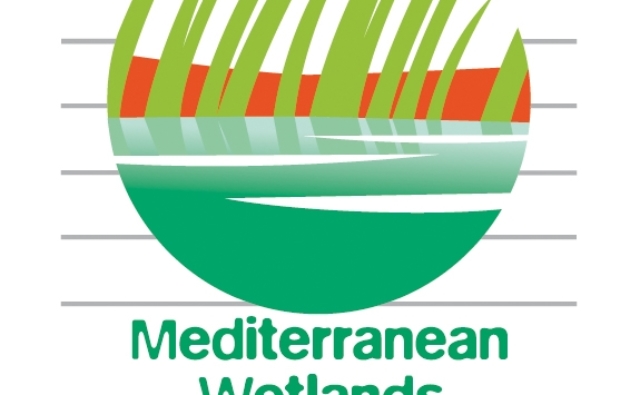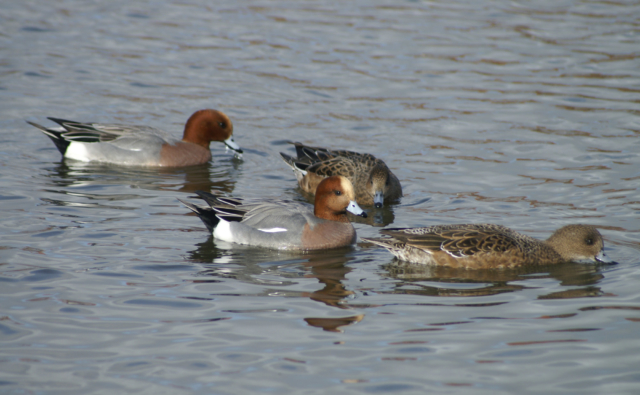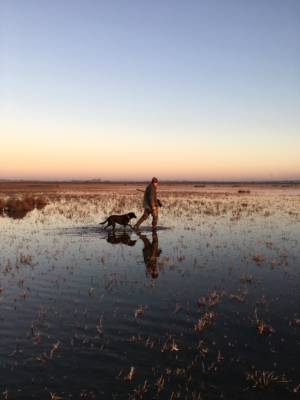
Waterfowl hunting is an important traditional activity in the Camargue, which explains why natural area managers have been long interested in hunting management issues. Working with other stakeholders, their goal is to reconcile as well as possible the major interrelated environmental, cultural, and economic issues in natural areas where hunting is permitted and the ones adjacent to them.
Today, in the most recent issue of the French National Hunting and Wildlife Office (ONCFS) journal, Faune sauvage (Wildlife), they are publishing the results of their experimentations with several practices that aim to make hunting in the Camargue more sustainable.
These innovative practices were tested out in five hunting areas that cover a total area of 1000 ha in the Camargue, and which have been used as pilot sites for several years: the Tour du Valat and the Verdier Marshes in Le Sambuc (Arles), the Gargattes Marsh and the Coute Marsh in the Camargue (communes of Saint-Gilles and Vauvert), the Cassaïre Estate in Plan-du-Bourg (Arles), and the Grandes cabanes du Vaccarès Sud site (Saintes-Maries-de-la-Mer).
These areas are managed or co-managed by the Tour du Valat, the Syndicat mixte de la Camargue gardoise (Gard federation for the protection and management of the Camargue), the Friends of the Vigueirat Marshes, the Verdier Marshes Association, and the ONCFS.
On the basis of these experiments, natural areas managers have made the following recommendations concerning seven practices that can foster more sustainable hunting, particularly in public marshes and/or marshes used for multiple purposes (most of these recommendations also apply to private marshes):
- Encourage more summer dry-down periods, which will return marshes in the Mediterranean area to a more natural hydrological functioning and prevent the proliferation of invasive plant species, such as Halmifolia, which can harm both biodiversity, including waterbirds and plants, and the hydrological functioning of marshes. These dry-down periods should be rotated in the different marshes on the same piece of land.
- Priority should be given to controlling invasive plants by means of extensive cattle and horse grazing, rather than by using tractors equipped with cage wheels, whose abusive utilisation can be counter-productive and harmful to wetland biodiversity.
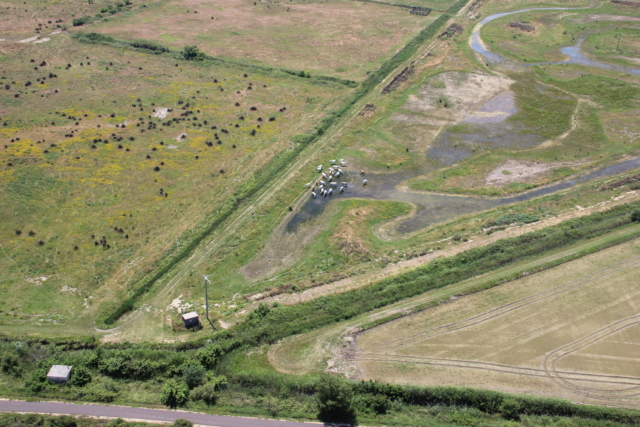
- Ban the feeding of waterfowl because it artificially favours the proliferation of certain species, such as wild boar, and the introduction of certain invasive species. It also results in not engaging in the true management of a marsh that would be favourable to the entire waterbird community.
- How these different practices can coexist should be written up in a management plan or specifications document to limit conflicts between hunters and other potential users such as livestock breeders, hikers, and ornithologists.
- Introduce a single opening date (for example, mid-September for waterfowl), in order to limit the possible confusions between the different huntable species.
- Monitor game bagged by individual hunters, in order to better track the impacts of hunting and the trends in numbers taken per species, and make the various activities more compatible;
- Ban the possession of lead shot to make it easier to carry out checks on hunters.
You can find this article and a more detailed version of these recommendations on the ONCFS site, where you can download this document in French.
Contacts :
- Jocelyn Champagnon, Research Scientist, Tour du Valat (e-mail)
- David Vallecillo, doctoral student, Tour du Valat (e-mail)
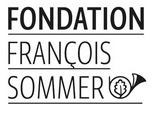
This synthesis work was carried out within the scope of the Waterbird censuses, management, and sustainable hunting in the Camargue project funded by the François Sommer Foundation (more info in French).
